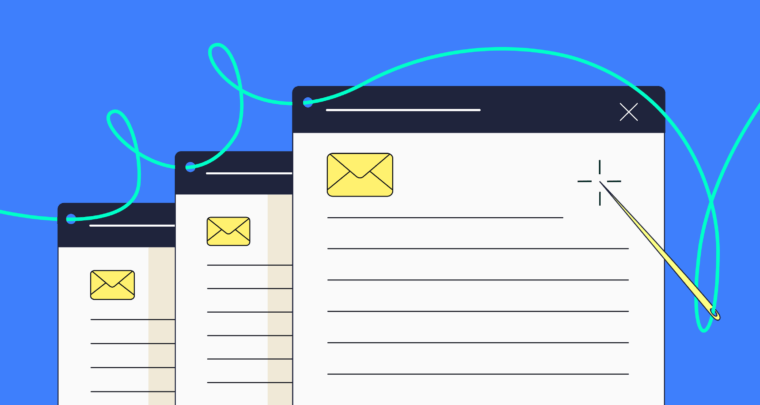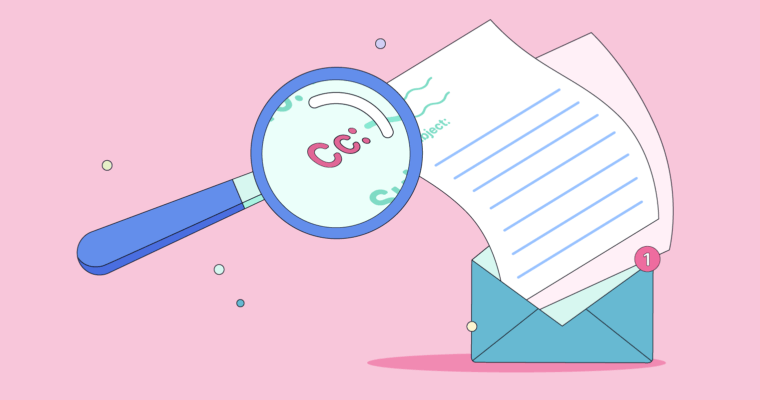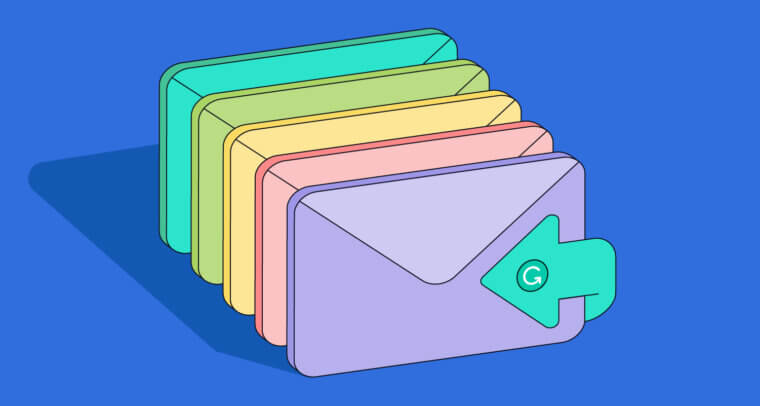
Learning how to write strong email sign-offs is part of becoming great at professional communication. Just about every email and letter you send concludes with a sign-off—and in the professional world, that sign-off can make an impression on the person with whom you’re communicating.
What is a professional sign-off?
A professional sign-off comes at the end of an email and includes:
- a parting phrase
- your name and title (if applicable)
- your contact information
Using an appropriate sign-off demonstrates consideration for the recipient and your professional relationship.
Parting phrase
The first part of a professional sign-off is an appropriate closing phrase. Sign-offs reaffirm the tone of your email exchange, ending each message on a friendly, productive note. In fact, all sign-offs serve to express a message’s tone. Think about the difference between these two sign-offs:
- See you later
- Best regards
While both end a message, they each have different tones: casual versus formal. Let your relationship with the email’s recipient guide you when choosing the ideal sign-off. For example, if you’re applying for a job, putting in your two weeks’ notice, or otherwise sending a formal email, choose a formal sign-off like Regards or Sincerely. For a colleague you speak with regularly, you should still use a professional sign-off, but you can opt for something more informal, like Cheers or Best.
Name and contact information
After this parting phrase, include your full name and contact information. Generally, this means you should include your phone number. Although it can seem redundant, it’s also helpful to share your email address here, along with any other channels through which the recipient may contact you, such as LinkedIn or another social media platform.
When to use a professional sign-off
Use a professional sign-off in every piece of professional communication you write. It does not matter if you already have an established relationship or a friendly rapport with the recipient; if it’s a piece of professional communication, it needs a professional sign-off. Generally, this refers to emails, but it also includes printed business letters.
A professional email signature is not a substitute for an appropriate sign-off. Although you don’t need to type out your contact information after your name if it’s included in your signature, make sure you close the email with an appropriate parting phrase.
3 Tips for professional sign-offs
1 Stay professional
There are plenty of sign-offs you can use in a message to a friend or family member that you wouldn’t use in professional correspondence. Some examples are XX, Talk soon, and Catch you later. In a professional message, avoid abbreviations, chatspeak, or anything that strikes an overly familiar tone with the recipient.
2 Make it easy to respond
Professionalism is the driving force behind email etiquette. Etiquette isn’t a set of rules to memorize and follow. It’s a general approach to interactions that aims to put the other party at ease.
- Always include your contact information.
- When appropriate, opt for sign-offs that give clear instructions or expectations, like Talk to you tomorrow or Looking forward to our call.
3 Keep it concise
One thing you’ll notice about most email sign-offs is that they’re brief. Select one that’s a single word or a short phrase. If you have more to say, add it to the body of your message.
Don’t be presumptuous
You might encounter email sign-offs that say things like Looking forward to hearing from you or Thank you in advance. While these kinds of sign-offs might seem innocuous at first, they imply that you expect something specific, such as continued engagement or an approval of your request. Unless an expectation has been clearly communicated—for example, a planned phone call—stick to more general sign-offs.
9 examples of professional sign-offs
General professional sign-off examples
- Regards
- Sincerely
- Best
Personalized professional sign-off examples
- Let’s talk again soon
- Thank you very much
- I appreciate your help
Friendly and informal professional sign-off examples
- See you soon!
- Great catching up with you
- Best wishes
Professional sign-off FAQs
What is a professional sign-off?
A professional sign-off is the final part of a message that expresses a professional tone. It includes a short word or phrase, the sender’s name, and any relevant contact information.
When do you need a professional sign-off?
Use a professional sign-off in any email or other piece of professional communication you send.
What should a sign-off include?
All professional sign-offs should include the following:
- An appropriate parting phrase
- Your name and, if applicable, title
- Your contact information






